By Jessie Festa. My trip to Edmonton was sponsored by Edmonton Tourism. As always, all opinions are my own.
“If you’d like to stay the rooms are $1 per night. I’m also making a roast and golubtsi,” says Eva Hlushak, pulling a cabbage roll off a dish.
As Eva shows me around the Hilliard Hotel, which she and her husband own with another couple, I’m taken back to 1929.
The property features eight guest rooms with double beds and wash basins, as well as a shared toilet — the first building in the village to have indoor plumbing.
On the first floor, there’s also a beer parlor selling brews for 5 cents each. It’s for men only, and the space void of decorations or entertainment shows the government’s attempt to curb alcohol consumption.
I stare at a vintage wooden phone mounted in the hallway, and Eva informs me calls are 10 cents.
Ten cents? Then I remember. It’s not really 1929; it’s 2016 and I’m living a sort of double life, completely immersed at the Ukrainian Cultural Heritage Village near Edmonton.
Life In The Ukrainian Cultural Heritage Village
The living museum is an actual replication of an early Ukrainian settlement in East Central Alberta before 1930, complete with over 40 original buildings that were physically moved from their previous locations and restored. There are also costumed interpreters playing real individuals — as in people from the past who they’ve extensively researched through family interviews and other primary sources. Nobody breaks character, which means I have to keep reminding myself where I am.
Eva is far from the only Ukrainian immigrant I meet at the village. As I wander with my guide Larissa, a descendent of Ukrainians in real life, I meet grain handlers, farmers, shop keepers, families and even farm animals (the pigs are adorable!).
There’s a reason for such grand attention to detail. Canada is home to the world’s third-largest Ukrainian population after Ukraine and Russia. This is because in the late 1800s there were lots of open prairie lands in Canada’s western half.
The Canadian government, wanting to populate the vacant space, started a campaign offering Eastern European farmers a free 160-acre plot in “the land of milk and honey” if they came, built a home and tilled the land.
This campaign attracted the attention of two Ukrainian men, Wasyl Eleniak and Ivan Pylypow, who went over to Canada to see if the offer was too good to be true. They liked what they saw, bringing their families over and eventually other Ukrainian rural farmers from Galacia and Bukovina who wanted in on the deal. There were some issues — Pylypow actually went to jail for a bit as the Ukrainian government didn’t like him convincing all their farmers to leave — but eventually a hub of Ukrainian culture was erected in Alberta that looked very similar to what we see today at the Ukrainian Cultural Heritage Village.
Interacting With The Locals
I’m amazed not only by the village’s heritage, but natural beauty. Rewinding a bit, my day begins with a typical Ukrainian lunch of pyrohy, cabbage rolls and dill-laced cucumber salad at the onsite restaurant (shown above) before walking through a causeway to history. The tree-lined lane is surrounded by Goose Lake, and opens up into the town stead. A horse pulls a carriage of visitors beside train tracks, and the man who runs the local grain elevator tips his hat to me.
“Good morning!” he greets. “Or should I say good afternoon? It’s past 12, after all!”
Everyone I meet has jokes. For instance, when visiting Luzan Grocery I glance past the young girl manning the register to the shelves stocked with non-perishable goods like cereal and canned fruit.
“Wow! I never realized Kellogg’s and JELL-O were so old!” I exclaim.
The girl frowns before reprimanding me (with a slight grin) in a thick Ukrainian accent. “What are you saying old?! I sell nothing old in my shop.”
Ukrainian Fashions
I was also given fashion advice by a woman named Oksana, who was worried that my lack of a sorochka (a long blouse extending to the mid-calf or lower with billowy sleeves), horbotka (a wrap skirt woven from heavy hemp and secured at the waist with a wide belt called a kraika) and khustka (a woven head scarf) made me appear unfeminine.
“Next time come I make you!” she smiles, speaking in broken English.
Interestingly, Oksana wore the most traditional clothing of the costumed role players. Many men from Galicia and Bukovyna purchased North American-style garments before immigrating, with the women more likely to arrive in traditional clothing (though many purchased North America clothes once on the continent). Traditionally, the khustka — like the one Oksana wore — held special meaning, with married women never leaving their house without their heads covered. In terms of colors, darker scarves were typically worn by older women, while younger women preferred brighter colors.
Inside The Burdei
Oksana lives in the only non-original building in the village, a “burdei” or sod home made of clay, straw and water, an extremely strong mixture. Inside her home there’s a small bed with a cooking area to the side.
“This is where I gra…grip — what’s the word in English? — ah, grind the red fife.”
Moving toward the grinding stone she adds red fife into the center, then uses a long rod to grind it into flour.
Then it’s my turn. Wow! It’s very hard work. I would be so fit if I had to do this every day.
While Oksana’s home is small and simple her garden could win awards, at least based on size and variety. Pumpkins, peas, garlic, onion, potatoes and more grow plentifully, which is great because she still needs to pay her $10 administration fee for the land (so it wasn’t completely free). As the interpreter of the sod home she — as in the real life 21st century she — is also in charge of tending the garden, showing again the village’s dedication to authenticity.
A Big Family In A One-Room Home
When we visit the Slemko House we meet Annytsa Slemko, who lives in a hot one-room home with her husband and six child. One child is an infant so can sleep in a small wooden cradle, though the rest share one (luckily) very wide bed. A few of the children enjoy sleeping near the pich, a large clay oven, while Annytsa’s husband sleeps near the wall because he’s big enough to brave the cold winters. As with most Ukrainian homes, doors and windows face south to cope with the climate, sunlight and prevailing winds.
Annytsa apologizes for her messy kitchen, stating she’s just finished entertaining. And when she pulls out a tin of cookies to show us what she served her guests, my mouth begins to water.
A Lesson In Pyrohy
Which is a good thing, because the next stop is the Grekul House, located on the Bukovynian Farmstead. Here I’m scheduled to help make pyrohy (pierogies). This farmstead represents the segment of Ukrainians who immigrated from Bukovyna which, in the 1890s, was in the Austro-Hungarian Empire’s most economically undeveloped part.
Two women named Domka Fedoretz and Axenia Grekul greet Larissa and I, first showing us a medium-sized room used for entertaining. Axenia sits down to string dried bundles of marigolds and violets used for tea and healing, as well as decorations when hung from the ceiling. Behind her are religious icons, which I learn are very important to the immigrants, and many bring them on their journey to Canada. Axenia’s are placed on the east wall, as the sun rises from the east and this direction symbolizes Christ’s ascension into heaven. Within the village there are three churches, one Ukrainian Greek Orthodox, one Ukrainian Greek Catholic and one Russo-Greek Orthodox, representing the religions within East Central Alberta prior to 1930.
Axenia points to a guitar on the far side of the room, beaming, “I just had my wedding two weeks ago. We had 70 people dancing in this room.”
I glance around. While the room is a decent size, I can’t imagine 70 people throwing their limbs around all at once without any air conditioning in it. I just hope in real life it’d been a winter wedding.
In the kitchen I’m invited to assist in making the pyrohy, a meal I love but have only made by hand during an Uzbek cooking class in Brooklyn. Domka, Axenia’s sister in law, shows me how to roll the dough with a pin before cutting it into small Checker board-sized squares. The squares are to be further flattened by pinching them with our fingers, before being filled with a mashed potato and dill mixture, folded into a triangle and pressed shut along the edges. Once a few have been rolled we dump them into a boiling pot of water to cook, keeping an eye on when they start to float (which means they’re done).
In less than 10 minutes we’re biting into delicious Ukrainian culture, made even more tasty with our own sweat and hard work.
Making pyrohy at the Ukrainian Cultural Heritage Village
What makes the Ukrainian Cultural Heritage Village so appealing is being truly enveloped in the lives of the immigrants, even joining in on the (historically accurate) act as you chat with the villagers about their kids and crops.
Gourmet Ukrainian
The Ukrainian Cultural Heritage Village isn’t the only place in Edmonton to explore Ukrainian culture, especially through the palate. I get a taste of it in a gourmet fashion at RGE RD, where the pyrohy are stuffed with local Sylvan Star gouda. From there Chef adds warm cabbage slaw for a sweet acidity, and gowns them in a white onion cream — so good I use a spoon to drink it like soup.
Home Cooking At City Market
Furthermore, at the open-air City Market Downtown another opportunity presents itself, with loads of food stalls offering homemade Ukraine eats from hot borscht (Ukrainians rarely eat it cold) to crepes.
Ukrainian Cuisine Under The Stars
Possibly the most ambient meal providing a Ukrainian element is a long table dinner by Chef Brad Smoliak in Elk Island National Park. I work up an appetite canoeing around Astotin Lake before walking up a small hill to a gorgeous outdoor setting complete with free-flowing wine. While the main attraction of these pop up dinners is the bison, the menu also features Ukrainian slaw showcasing local cabbage, radish, carrots and fresh dill.
Just like the Ukrainian immigrants, the dishes on the table make use of what’s in season and what’s available. This tradition is why there is no typical pyrohy filling, by the way; it changes with the season, location and family traditions.
As the sun begins to set us diners all grab our cameras and head to the nearby dock. It’s a full moon, and everyone not at the meal seems to be out on the water kayaking. The setting is amazing, especially as I now have a better understanding of it.
Exploring The Past
Maya Angelou once said “We are who we are because they were who they were.”
History is what makes the present. And the people throughout history — their ideas, advancements, struggles and triumphs — are why we have what we have today. People are what make a place special, and their traditions ensure the world is diverse enough to never be boring.
Visit Edmonton and experience the fun festivals, cool cafes, craft cocktails and outdoor adventures, but also take the time to get to know its past and the influences that have made it what it is today. Trust me, you’re palate will enjoy the journey through history.
What are your favorite things to do in Edmonton for exploring culture and history?
Jessica Festa
Latest posts by Jessica Festa (see all)
- A Culturally-Immersive Adventure In Mongolia’s Altai Mountains - Jul 8, 2023
- This Recipe Sharing Platform Supports Women In The Culinary Industry (Labneh Recipe Included!) - Nov 5, 2020
- Hiking The Mohare Danda Community Eco-Trek In Nepal - Jun 3, 2020
- 6 Important Questions For Choosing A Responsible Yoga Retreat - May 18, 2020
- How To Create & Grow A Profitable Blogging Business (Ethically) - Jan 18, 2020

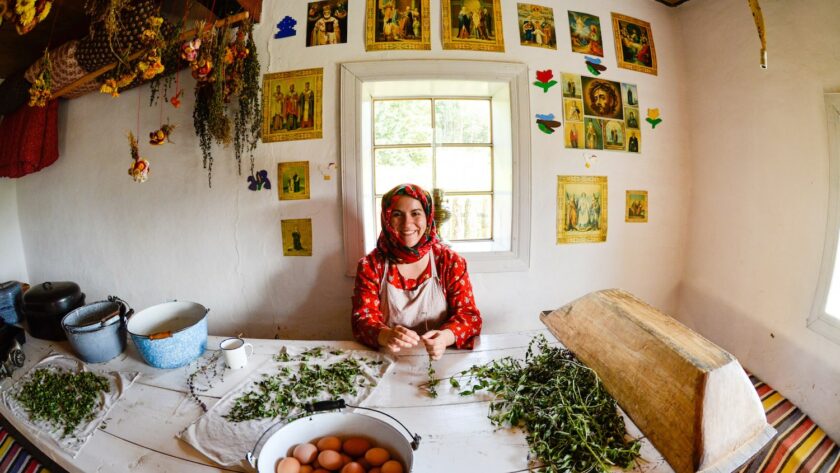
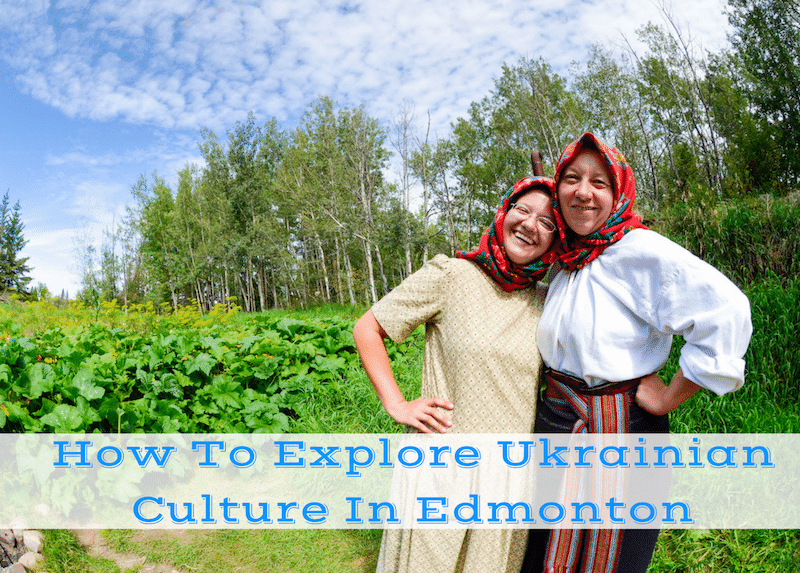
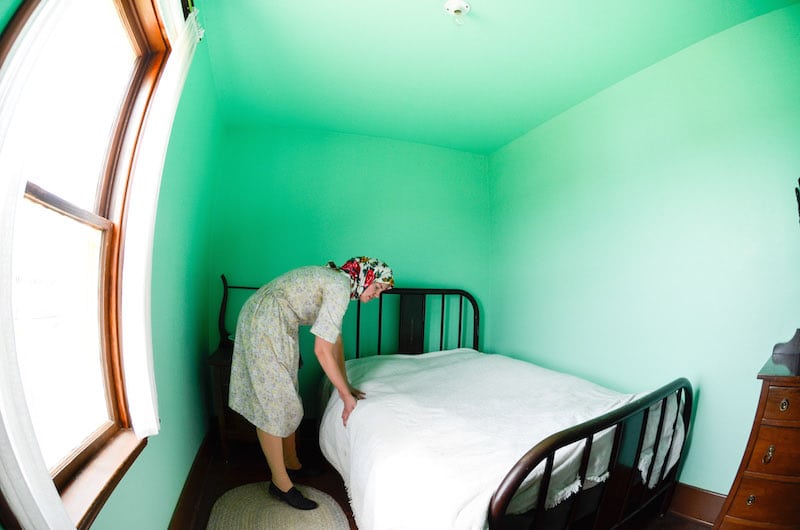
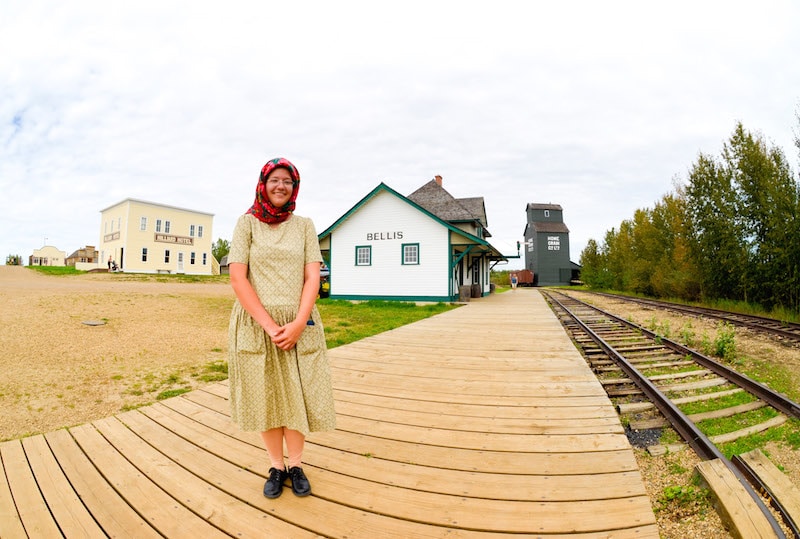
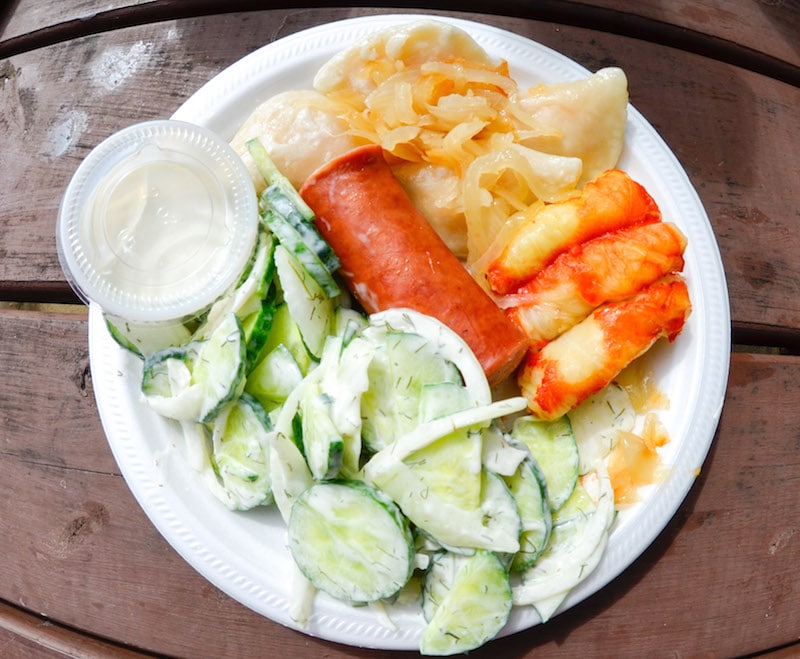
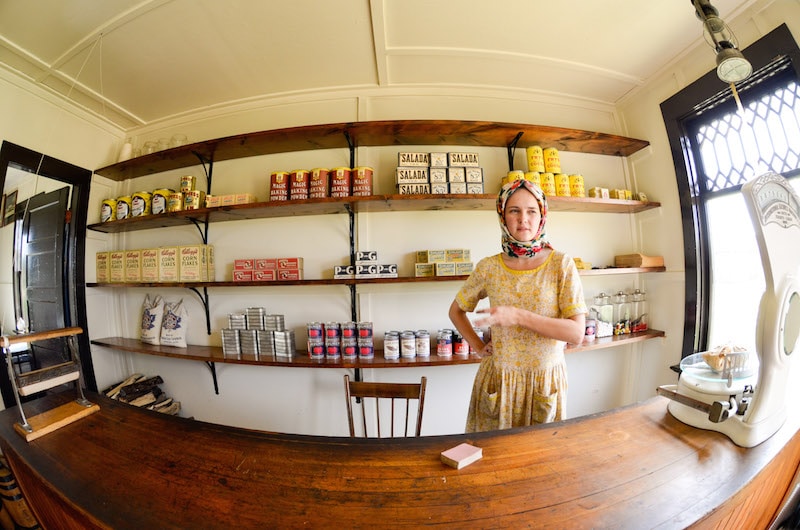
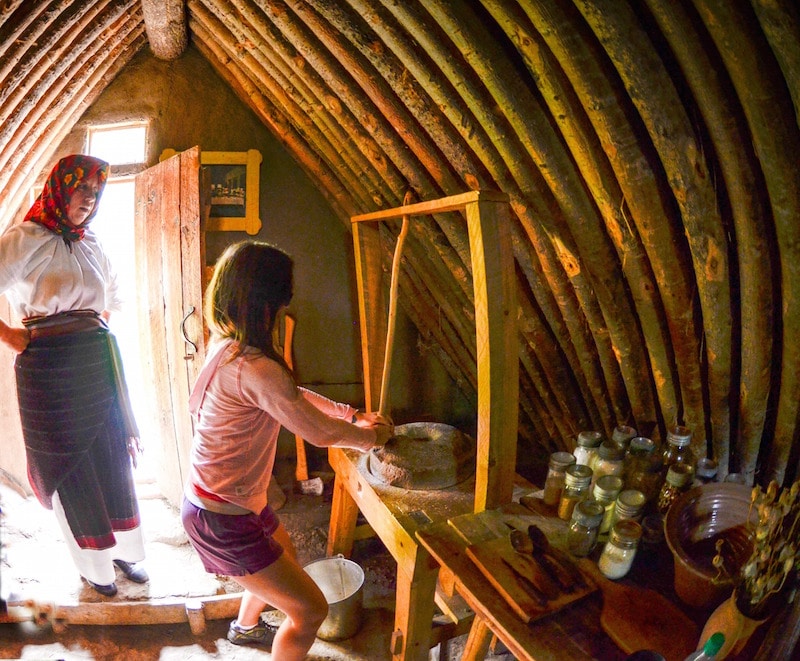
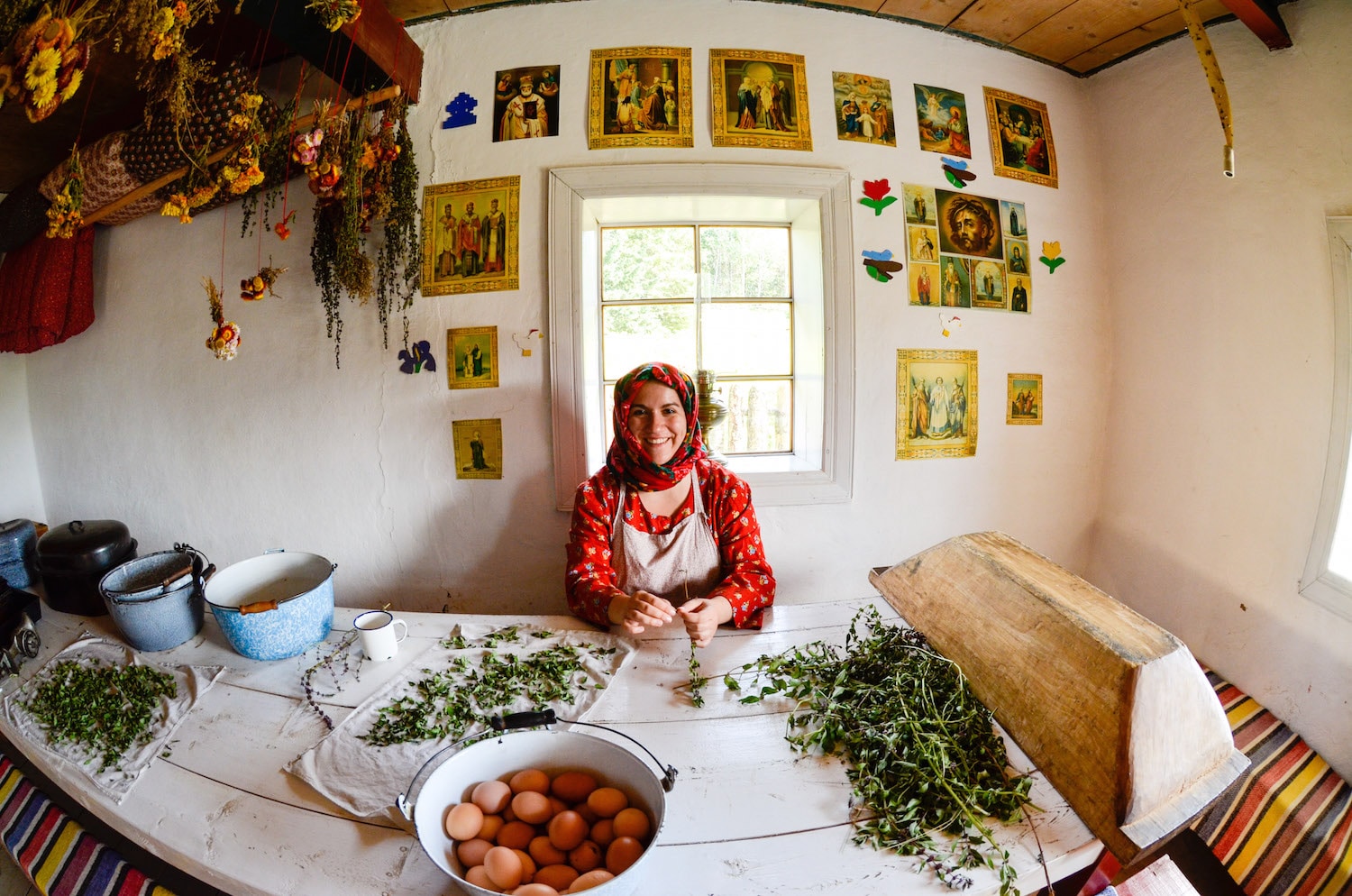
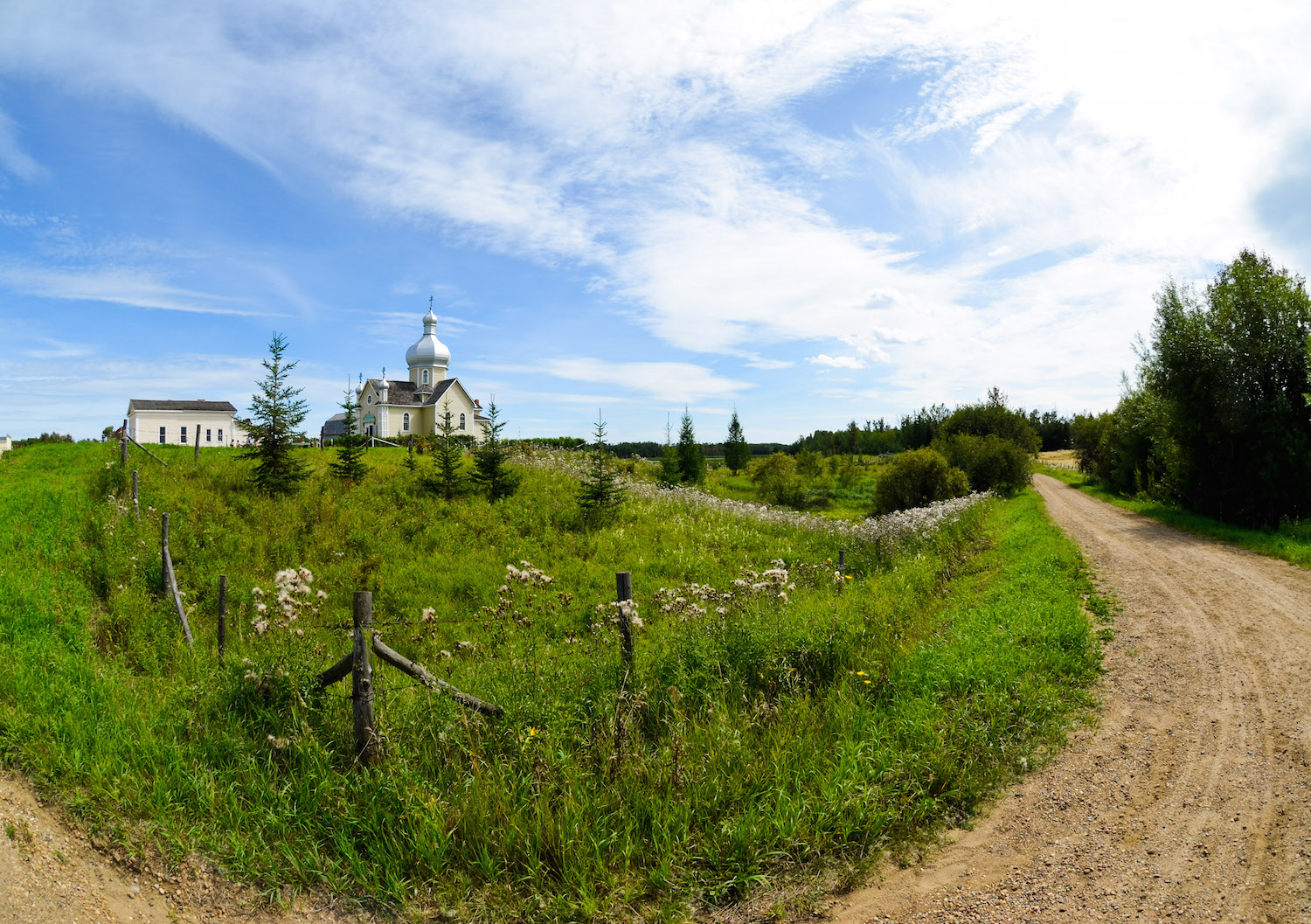
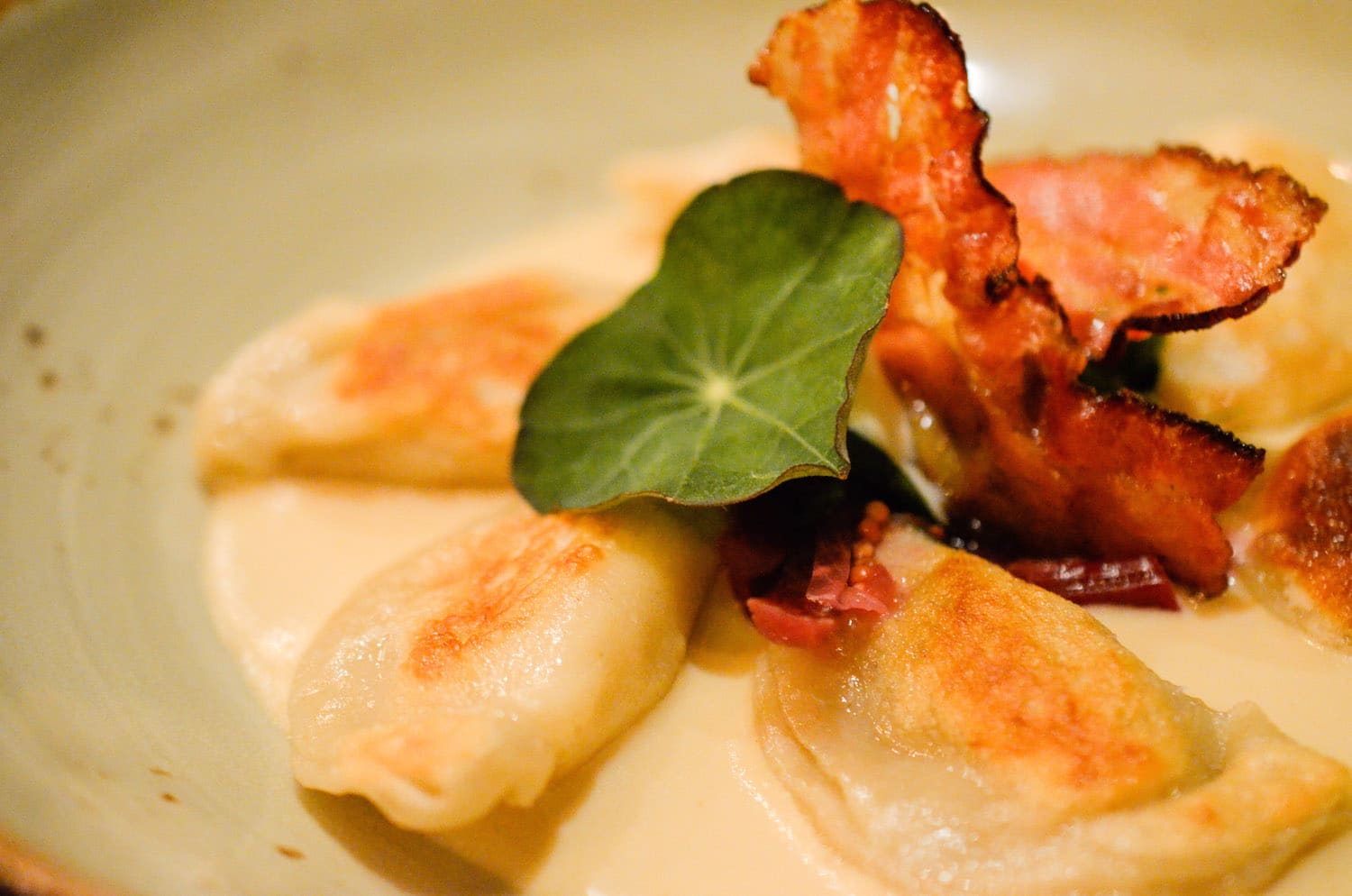
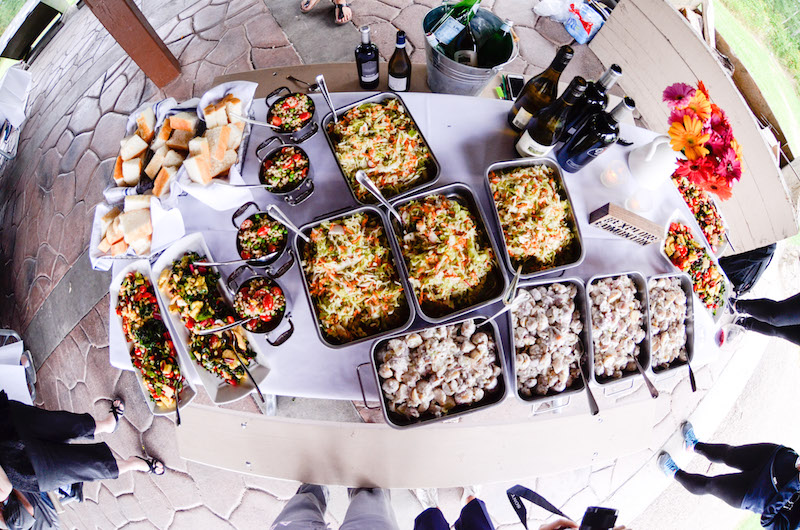

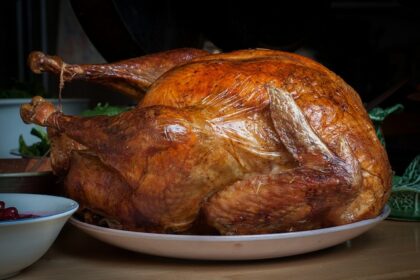

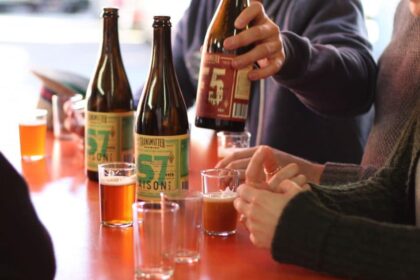
Sounds like you missed out on the best place to get Ukrainian food in Edmonton – Uncle Ed’s Restaurant located in the Mundare Sausage House on 118th Avenue. You know it’s good as there is often a line-up to get a table. No fancy presentation or decor, just authentic food like Baba used to make. You can also buy fresh kubassa and frozen borscht, saurkraut soup, holubchi, pompushky and numerous other typical Ukrainian foods from the deli, including traditional Easter breads and poppy seed angel food cake.
@Peggy: After that rave review I’m kicking myself. Definitely next time. That sounds DELICIOUS.